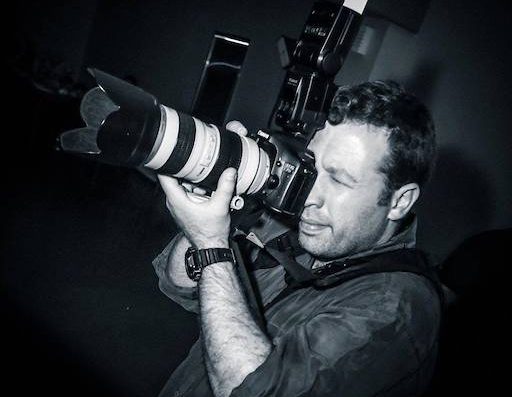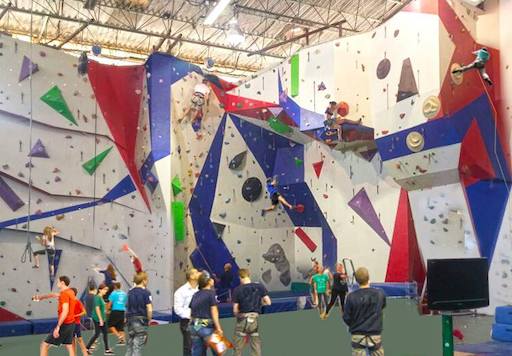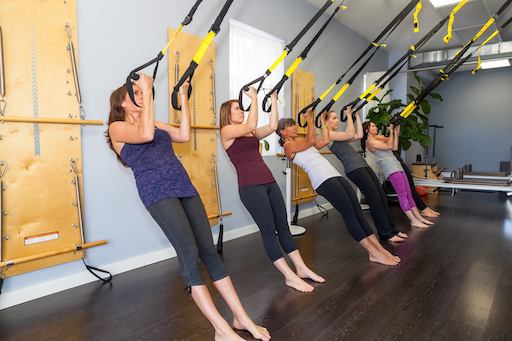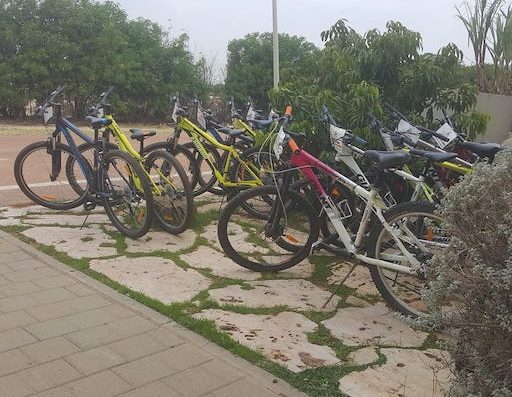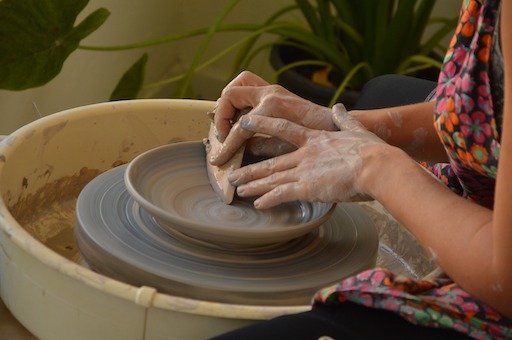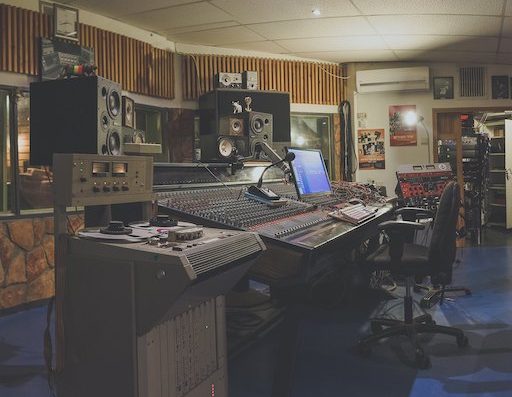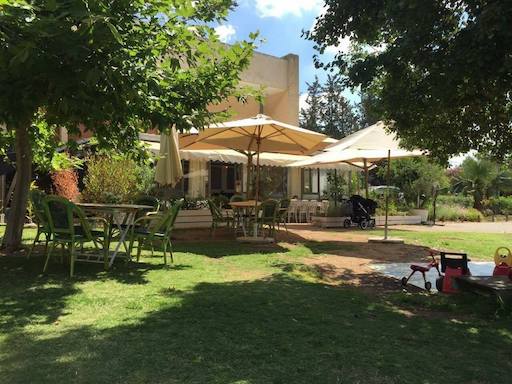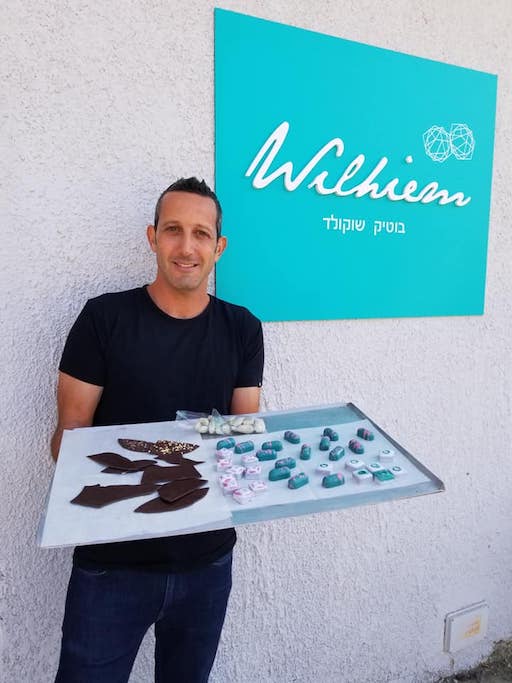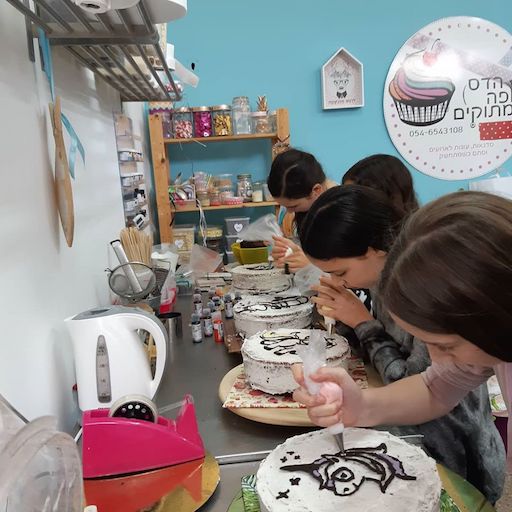Kibbutz HaOgen (the “anchor” in Hebrew) is located in the center of the country, halfway between Netanya and Hadera. In the summer of 1947, on a sand hill in the heart of the Huwarat Valley (Hefer), an “anchor” was set by pioneers of the “Hashomer Hatzair” youth movement from Czechoslovakia and Kibbutz Haogen was established. Since then, members from various countries have joined the kibbutz, including Hungary, Austria, Italy, natives and more. An Eastern European culinary culture developed in the Kibbutz Haogen dining hall that included dishes such as Ceska Kneidel (pastry served with beef and lots of sauce), Arangloska (traditional Hungarian cake) and of course the famous Bundash (bread in egg batter and milk) served once at breakfast on Saturdays.
Visit Kibbutz Haogen
The dining hall has has not been active for a long time, but in the basement of the building, one of the most fun and delicious restaurants in the area has been operating for years – Gratzia Bistro. You will find another sweet corner not far away, in the shed of the old barn that once housed calves and is currently used by chocolatier Eran Wilhiem where he conducts chocolate workshops and produces some of the most beautiful (and delicious) chocolates and pralines in the valley. If you prefer pastries, you can order them or experience the workshops of the confectioner Hadas Teichman. And after all the sweets, you can burn some energy in the Sarit Pilates studio and body toning for women or rent a bike and go on a bicycle tour throughout the area.
And when it comes to sports, the sports tradition has always been a central motif in the life of the kibbutz, and many athletes who came out of Kibbutz Haogen (volleyball, rugby, athletics) showed no less strength and durability than the PVC sheets produced by the well-known Hagon plastic factory. Some of them even won the Israeli Athletics Championships, especially in athletics. Today the Kibbutz Haogen old sports hall has been converted into a climbing wall – a high level wall!
The kibbutz also has a glorious heritage of culture and art, including a choir that was one of the kibbutz movement’s standouts, a performance hall that once hosted the greatest Israeli artists, and Ogen Studio – the recording studio where many artists come from all over the country to record their works. In the field of art, over the years many talented artists have worked, and today it is possible to participate in sculpture, ceramics and pottery workshops in Shai’s studio – sculpture, ceramics and pottery, which is also located in the shed of the old barn. The studio of the photographer Nitsan Bar is located in the kibbutz.
Photos: Kibbutz Haogen
